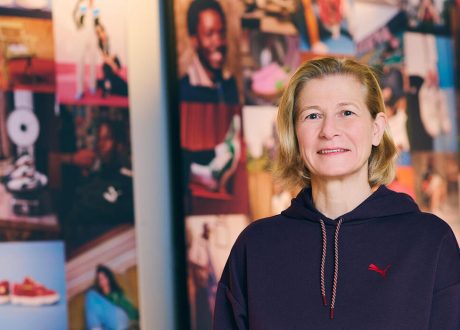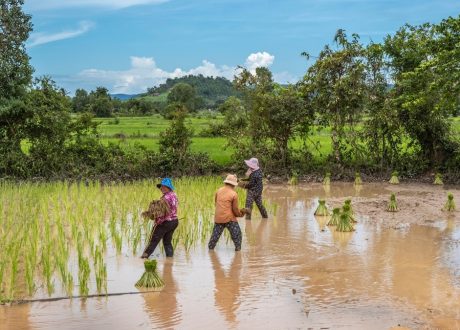
New ISO ESG Implementation Principles provide int’l guidance to streamline ESG practices
New ESG Implementation Principles launched the International Organization for Standardization (ISO) at the 29th United Nations ...

The first FAO Global assessment of Soil Carbon in Grasslands (SOC) highlighted hotspots where actions are needed to preserve or increase soils’ capability to store excess carbon.
Improving management practices in grasslands— large areas covered with grass, especially used for animal grazing— can boost the capacity of soils as carbon sinks, and help countries reach their climate goals, the study said.
After oceans, soils are the second largest carbon pool on Earth and they play an important role in global climate change due to the large amount of carbon currently stored in soil organic matter.
The study measured the baseline of stocks of Soil Organic Carbon (SOC) — the carbon held within the soil that is measurable, expressed as a percentage by weight (gC/Kg soil) — in both semi-natural and managed grasslands and estimated their potential of SOC sequestration.
The study found that if the SOC content in the 0–30 cm depth layer of available grasslands increased by 0.3 per cent after 20 years of the application of management practices that enhance soil organic carbon sequestration, 0.3 tons C/ha per year could be sequestered.
“Assessing the current state of grassland systems and their potential to sequester carbon in the soil is key to better understand the benefits of grassland services for food security, biodiversity conservation and climate change mitigation”, says Thanawat Tiensin, Director of FAO’s Animal Production and Health Division.
“This report provides a comprehensive analysis of the state of carbon stocks and potential offsets in grassland soils in the world. It can be also used as a baseline for future works to enhance soil carbon sequestration through sustainable grazing management”, he added.
The study points out that the lack of incentives for farmers to improve management practices, and the current difficulty in accurately monitoring SOC stocks and changes are the main reasons that SOCs are not being included in the national climate plans known as National Determined Contributions (NDCs), which are at the heart of the Paris Agreement.
The results of the report could support the inclusion of SOC targets in NDCs, improving their transparency for tracking and comparing policy progress related to soils.
The authors also underscore that the estimation of the global soil carbon stock is still quite uncertain and improved geostatistical methods and data accuracy related to soil, animal and vegetation properties and their carbon exchange are urgently needed.
“It is crucial to generate local datasets, especially from underrepresented regions (e.g., Africa), and explore differences among existing datasets”, they warn.
The SOC stocks presented in the report can be used as a baseline for future work to explore the impacts of livestock management on soil carbon at country and farm levels. However, there is still a strong necessity for additional data on current soil conditions, especially from underrepresented regions.
New ESG Implementation Principles launched the International Organization for Standardization (ISO) at the 29th United Nations ...
PUMA has already made strong progress in reducing its greenhouse gas emission over the past ...
The United Nations Trade and Development (UNCTAD) urged during the 29th United Nations Climate Change ...


اترك تعليقا